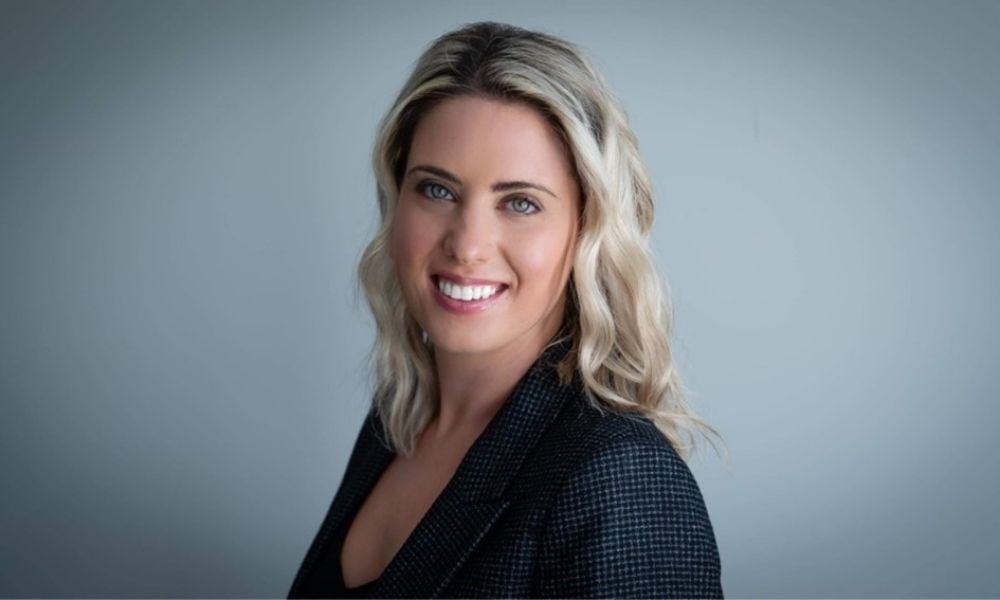When wildfires hit, what happens after the evacuation?

Emergency risk plans still revolve around business continuity—overlooking the environmental fallout communities face when operations go sideways. As climate threats escalate, that disconnect is becoming dangerous.
In Canada, insured losses from severe weather events hit $3.1 billion in 2023. Yet many companies fail to align internal safety planning with the environmental consequences of a crisis. Risk assessments often ask how disasters will affect the business, but not how the business, under stress, might harm its surroundings. That gap is no longer acceptable.
Agnes Wietrzynski, CEO of QM Environmental and a speaker at this year’s Canadian Safety Summit, has spent decades leading safety-focused operations. To her, safety isn’t just a component of ESG—it’s the foundation. Whether in M&A integration or emergency response, she pushes for cultural alignment through frontline buy-in. Without that groundwork, even the most polished ESG strategies will unravel under pressure.
“The issue starts with how risk assessments are structured,” Wietrzynski says. “When companies revisit business continuity practices, they’re looking for threats of various nature, but they don’t necessarily reflect on how their operations can affect the community.”
Companies often ask how disasters will impact their business—but not how their disrupted operations might harm the environment. That lack of alignment isn’t a minor oversight, she argues. It’s a structural flaw.
“You might be like, okay, if our business suffered from a wildfire, what would that mean for business continuity? But at the same time, you don’t really marry the exercise of ‘How does that cause a potential spill into the environment?’” she says.
Safety as the foundation for ESG
This kind of oversight is increasingly risky in an ESG-driven landscape. Still, Wietrzynski resists the idea that safety programs should be reworked to meet ESG trends. For her, ESG performance should grow out of a strong safety culture—not the other way around.
“A lot of organizations have extremely high levels surrounding health and safety,” she says. “We leveraged our health and safety team to build on our ESG program—that also being the foundation of it.”
Rather than treating safety as one part of ESG, Wietrzynski sees it as a driver of ESG strategy. She encourages companies without a dedicated ESG team to build from their safety departments, which often already have the structure and expertise needed.
Culture first in M&A integration
When it comes to mergers and acquisitions in environmental services, cultural alignment—especially around safety—is often overlooked. But Wietrzynski sees it as a make-or-break issue during integration.
“Typically, when you’re acquiring a smaller operation, it can be intimidating to drop a binder with hundreds of health and safety policies on them,” she says.
The better approach, she argues, is to embed culture through shared experience—not paperwork. “You need to kind of swap the superintendents into existing jobs of the other bigger organizations, so they can see how health and safety programs transpire in the field.”
Getting buy-in from the field quickly is key. She believes the perception that strong safety programs are overly bureaucratic needs to be addressed directly, on the ground.
“You have to really get the buy-in from the fields very quickly, because that’s really what embeds the culture,” she says.
Wietrzynski’s stance on safety is consistent across operations, integrations, and leadership. “One of our values is done safely, without compromise,” she says. That principle, she adds, is non-negotiable—regardless of company size or ownership structure.
She sees safety not just as a compliance obligation but as a foundational value that signals leadership commitment and builds stakeholder trust.
“Safety has to be of value within an organization in order for it to also resonate from the top,” she says.
For Wietrzynski, the challenge isn’t creating new frameworks—it’s making sure leaders connect existing ones. Without that, the industry remains exposed. More of these types of conversations are exactly what the Canadian Safety Summit aims to elevate, bringing them to the forefront of strategic planning.





